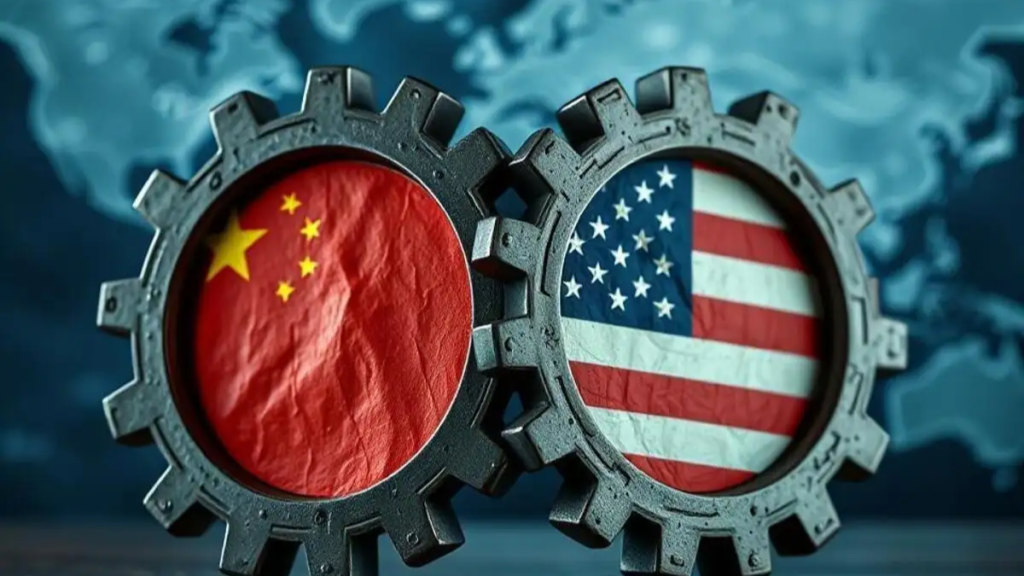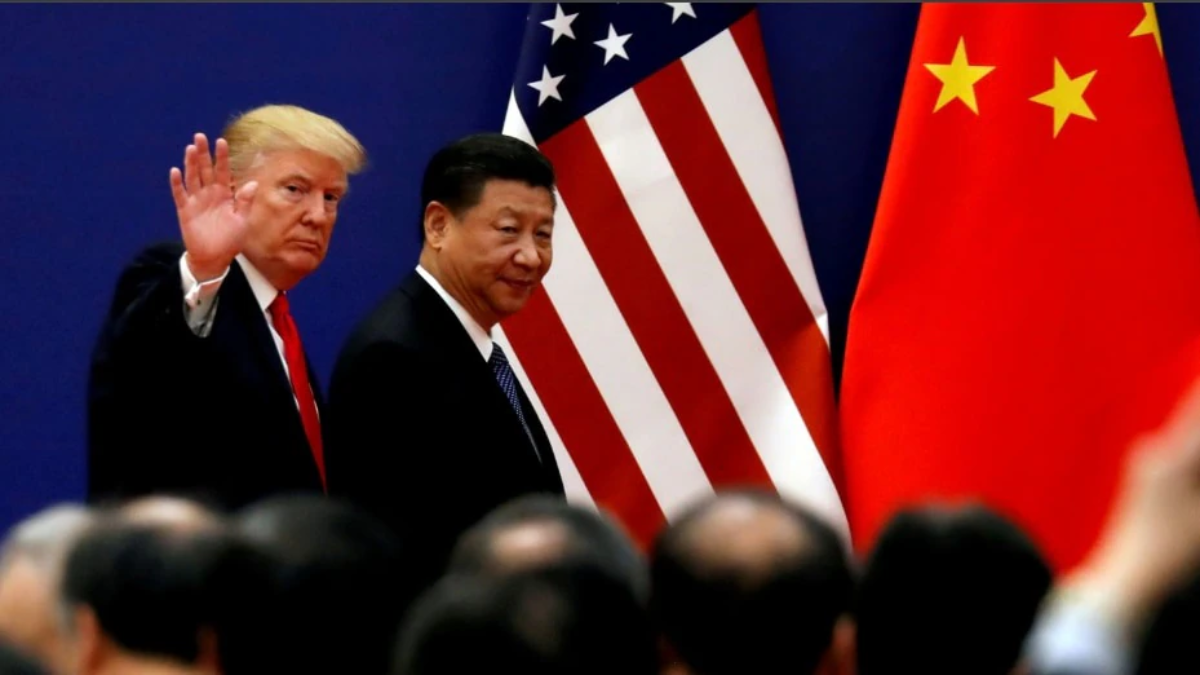Former President Donald Trump, known for his hardline stance on China during his administration, is now voicing hesitation about raising tariffs further. In a recent statement, Trump acknowledged that increasing tariffs on Chinese goods beyond a certain point could backfire on the American economy.
“At a certain point, people aren’t going to buy,” Trump said, noting that excessive tariff hikes could drive up prices to unaffordable levels for everyday consumers.
The comment comes amid ongoing tensions between the U.S. and China over trade, intellectual property, and global influence, particularly as speculation mounts over Trump’s potential return to the presidency in 2024.
While Trump has been a vocal advocate for using tariffs to gain leverage over China, this more measured tone suggests a shift in strategy—or at least recognition of the economic consequences tariffs can have on American families and businesses.
Tariff Fatigue: Costs Starting to Hit U.S. Consumers and Small Businesses
Trump’s comments reflect growing concern among economists and trade analysts who argue that tariffs, when pushed too far, become a double-edged sword. Though they may punish foreign producers, they also raise costs for U.S. importers, businesses, and eventually, consumers.
According to the Peterson Institute for International Economics, the Trump administration’s China tariffs, first implemented in 2018, have cost the average U.S. household about $1,300 per year. These tariffs covered a wide array of consumer goods—from electronics and clothing to machinery and household items.
American farmers and manufacturers, in particular, have expressed frustrations over retaliatory tariffs imposed by China, which have blocked U.S. exports and increased uncertainty in the global market.
Economists at Moody’s Analytics warn that continued escalation could stifle economic growth, especially if China retaliates with its own trade restrictions. “Trade wars are easy to start and difficult to win,” said chief economist Mark Zandi.
A Shift in Trade Rhetoric Ahead of the 2024 Election?
Trump’s softer tone may also be politically strategic. With inflation remaining a top concern for American voters and the global economy still recovering from pandemic-related disruptions, Trump appears to be weighing the consequences of a tariff-heavy approach in a potential second term.
In previous campaign stops, Trump has promoted the idea of an “America First” trade strategy that includes reshoring manufacturing jobs and reducing dependence on Chinese goods. However, analysts suggest that an overly aggressive tariff regime could alienate key constituencies, including middle-income voters who bear the brunt of price hikes.
Instead, Trump has hinted at alternative pressure tactics, such as tightening export controls, banning select Chinese-owned apps and platforms, or increasing scrutiny of Chinese investments in U.S. tech and infrastructure.
While he has not ruled out new tariffs entirely, his comments this week show a more pragmatic angle: “We’ve done a lot, and we’ve brought a lot of jobs back,” Trump said. “But we also need to make sure people can afford to live.”

The Bigger Picture: U.S.-China Trade Still Unresolved
Even as Trump scales back on tariff threats, trade tensions between the U.S. and China show no signs of cooling. The Biden administration has largely maintained many of the Trump-era tariffs and is also pursuing a tougher stance on national security and technology transfers.
Ongoing disputes over intellectual property theft, data privacy, and export bans continue to sour relations between the two economic giants. Meanwhile, supply chain vulnerabilities exposed during COVID-19 have reignited calls in Washington for greater economic decoupling from China.
China, on the other hand, has pursued its own strategies to minimize dependency on the U.S., including forging stronger economic ties with countries in Africa, Southeast Asia, and Latin America. Beijing’s “dual circulation” strategy emphasizes domestic consumption while reducing reliance on foreign markets.
In this tense global climate, Trump’s decision to soften his rhetoric on tariffs may be a sign that future trade policy—should he return to office—will be more nuanced than before.
Conclusion: Balancing Protectionism with Affordability
Trump’s remark—“At a certain point, people aren’t going to buy”—highlights the fine line policymakers must walk between protecting domestic industries and ensuring consumer affordability. While tariffs can serve as leverage in trade negotiations, unchecked escalation can lead to inflationary pressures and harm everyday Americans.
Whether this signals a broader shift in Trump’s trade policy or is merely a temporary recalibration remains to be seen. But one thing is clear: the conversation around tariffs is no longer just about punishing foreign competitors. It’s also about managing the domestic fallout and maintaining economic stability.
As the 2024 election cycle heats up, voters will be closely watching how candidates address trade, inflation, and global competitiveness—issues that could determine the next phase of U.S.-China relations.
For a detailed analysis of the economic impact of tariffs, visit the Brookings Institution’s trade policy research.
Disclaimer – Our team has carefully fact-checked this article to make sure it’s accurate and free from any misinformation. We’re dedicated to keeping our content honest and reliable for our readers.
